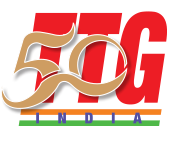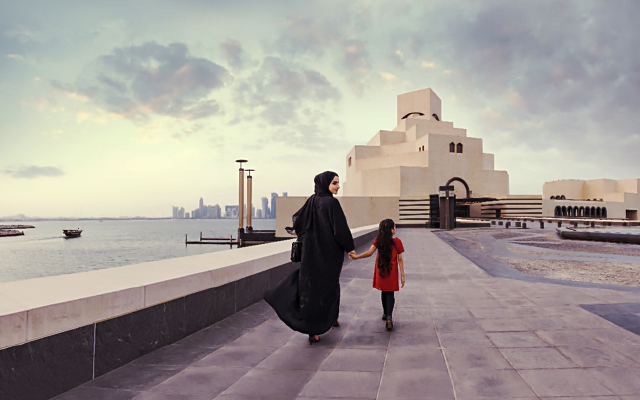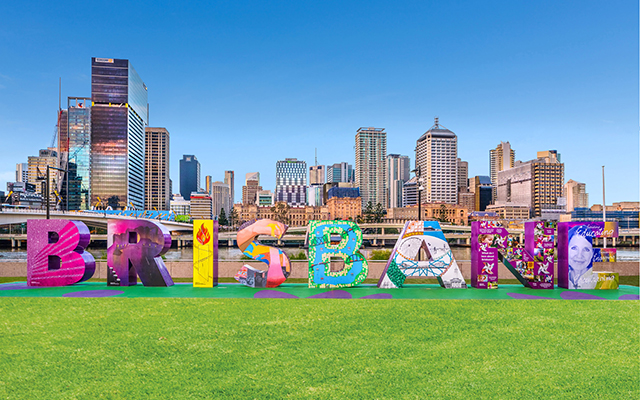Amid less-than-rosy prospects for a significant rebound in international tourism for 2021, Indian tourism stakeholders continue to keep their eyes trained on the domestic segment to stay afloat this year.
Since the pandemic outbreak curtailed international travel in March 2020, domestic tourism has been the only source of relief for the industry.

“India’s inbound tourism market will take some more time to recover, and it all depends on factors like the beginning of international flights and the coronavirus situation in India and our source inbound markets,” said Arun Anand, managing director, Midtown Travels.
“Already, a large number of inbound companies have laid off the majority of their staff and many companies have closed their offices because of zero business. I think that we can’t expect some growth in inbound tourism before October or November this year. I hope the demand for domestic tourism in India would create confidence among inbound tourists too.”
Confidence in the domestic market has spurred the Association of Domestic Tour Operators of India to push ahead with its annual convention scheduled to take place in Gujarat this month.
Even the hoteliers in India foresee weak inbound demand for 2021.
Sarbendra Sarkar, founder and managing director, Cygnett Hotels and Resorts, said that the domestic segment will be its “key market” this year. When inbound travel eventually resumes, he expects corporate travel to lead the recovery “as physical meetings are important for corporates”.
As for leisure outbound travel, he foresees that regional markets like South-east Asia and South Asia will gain prominence “as Indian leisure tourists may prefer to avoid longhaul destinations”.
To encourage domestic travel, the Ministry of Tourism launched the Dekho Apna Desh (See Your Country) initiative in January 2020 to spotlight the country’s rich heritage and culture. The initiative was in line with the 2019 Independence Day address made by the prime minister, Narendra Modi, where he urged every citizen to visit 15 tourist destinations within the country by 2022.
“Domestic tourism has restarted and is helping to mitigate the impact on jobs and businesses in some destinations. However, real recovery will only be possible when inbound tourism returns,” said K Vijay Mohan, managing director, Holiday World.
“This requires global co-operation and evidence-based solutions so travel restrictions can be safely lifted. Tourist movement between neighbouring countries will be very important and the key to rebuilding tourism. There will be greater demand for regional travel (this year) as travellers will not look at longhaul markets well into 2021.”
Indian tourism and hospitality stakeholders had high hopes for this year’s union budget that was announced on February 1, expecting measures to boost both inbound and outbound international tourism. However, there was no announcement made by the government to support the industry that is reeling under severe pressure.
“For an industry that is a crucial contributor to India’s GDP and a powerful force multiplier, priority tourism-related announcements – an imperative to revival and sustenance – were clearly missed. We are looking at a long road to recovery and the union budget has not provided the helping hand that was expected of it,” said Madhavan Menon, chairman and managing director, Thomas Cook (India).
“The inbound tour operators, hotels, restaurants and transport operators are on their knees in the absence of any support from the government. Now is the time for the revival of inbound tourism, and the government can at least step in (to aid the sector) through measures like offering soft loans, GST exemption for two years, and discounted entrance fees at the Archaeological Survey of India monuments.”
















